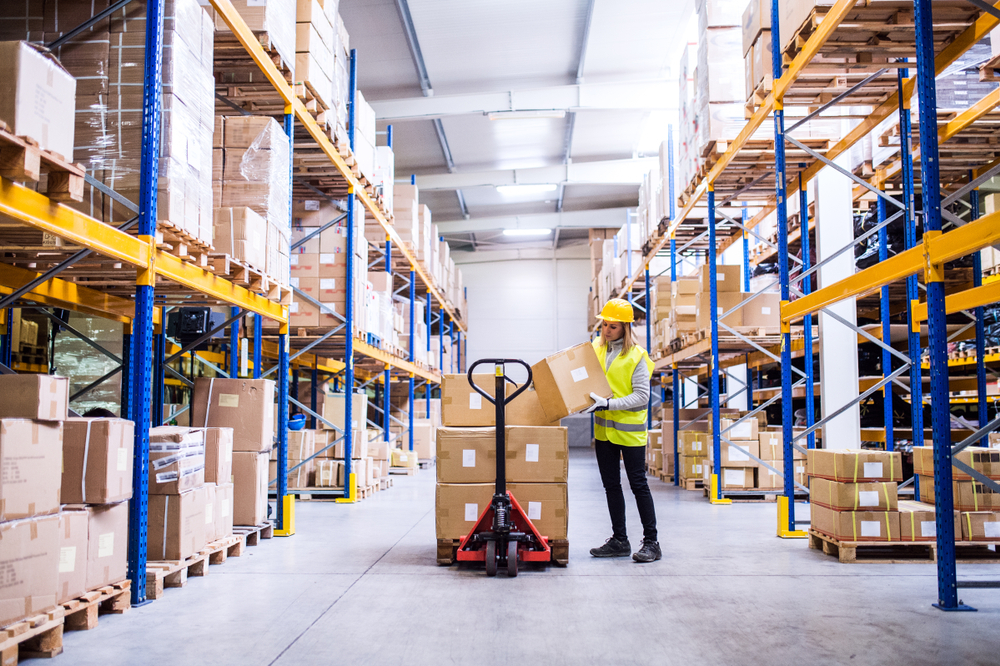The future of warehousing is rapidly changing, and it’s essential to stay updated with the latest trends. As we move towards a more digitalized world, it’s crucial to adapt to new technologies and strategies that can help your business stay ahead of the competition.
In this article, we will discuss some of the top trends that are shaping the future of warehousing. By understanding these trends, you can prepare your business for the future and stay ahead of the curve.
Contents
1. Automation and Robotics in Warehousing
Automation and robotics are transforming the warehousing industry, making it more efficient and cost-effective. Automated systems and robotics can handle repetitive and mundane tasks, reducing labor costs and increasing efficiency. With automation, businesses can process orders faster, reducing the turnaround time and improving customer satisfaction.
Furthermore, robots can work around the clock, increasing productivity and reducing lead times. Automated systems can also reduce the risk of errors, improving accuracy and reducing waste.

2. IoT in Warehousing
The Internet of Things (IoT) is becoming increasingly prevalent in the warehousing industry. IoT devices can collect and analyze data in real-time, providing businesses with valuable insights into their operations. IoT sensors can monitor temperature, humidity, and other environmental factors, ensuring that products are stored in optimal conditions.
Moreover, IoT devices can track inventory levels, reducing the risk of stock outs and overstocking. By analyzing data from IoT devices, businesses can optimize their supply chain, reducing costs and improving efficiency.
3. Cloud-Based Warehouse Management Systems
Cloud-based warehouse management systems (WMS) are becoming increasingly popular, enabling businesses to manage their warehouse operations from anywhere in the world. Cloud-based WMS can provide businesses with real-time visibility into their inventory levels, order statuses, and shipping information.
Cloud-based WMS can also integrate with other software systems, such as enterprise resource planning (ERP) systems, making it easier to manage your business operations from a single platform. With cloud-based WMS, businesses can reduce costs, improve efficiency, and streamline their operations.
4. 3D Printing in Warehousing
3D printing is another trend that is transforming the warehousing industry. With 3D printing, businesses can produce parts and products on demand, reducing lead times and inventory costs. 3D printing can also enable businesses to create customized products, providing a competitive edge.
Moreover, 3D printing can reduce waste, as businesses can produce only what they need, reducing excess inventory. With 3D printing, businesses can improve their flexibility, reduce costs, and improve customer satisfaction.
5. Augmented Reality in Warehousing
Augmented reality (AR) is becoming increasingly prevalent in the warehousing industry, providing workers with real-time information and training. With AR, workers can receive instructions and guidance in real-time, reducing the risk of errors and improving efficiency.
Moreover, AR can enable businesses to conduct remote training sessions, reducing travel costs and improving productivity. With AR, businesses can improve their training programs, reduce costs, and improve safety.
Conclusion
The future of warehousing is rapidly changing, and it’s crucial to stay updated with the latest trends. By understanding the trends mentioned in this article, you can prepare your business for the future and stay ahead of the competition.
Automation and robotics, IoT, cloud-based WMS, 3D printing, and AR are just some of the trends that are transforming the warehousing industry. By embracing these technologies, businesses can reduce costs, improve efficiency, and stay competitive.
In summary, the future of warehousing is digital, automated, and optimized. By embracing new technologies and strategies, businesses can stay ahead of the curve and thrive in a rapidly changing industry.



